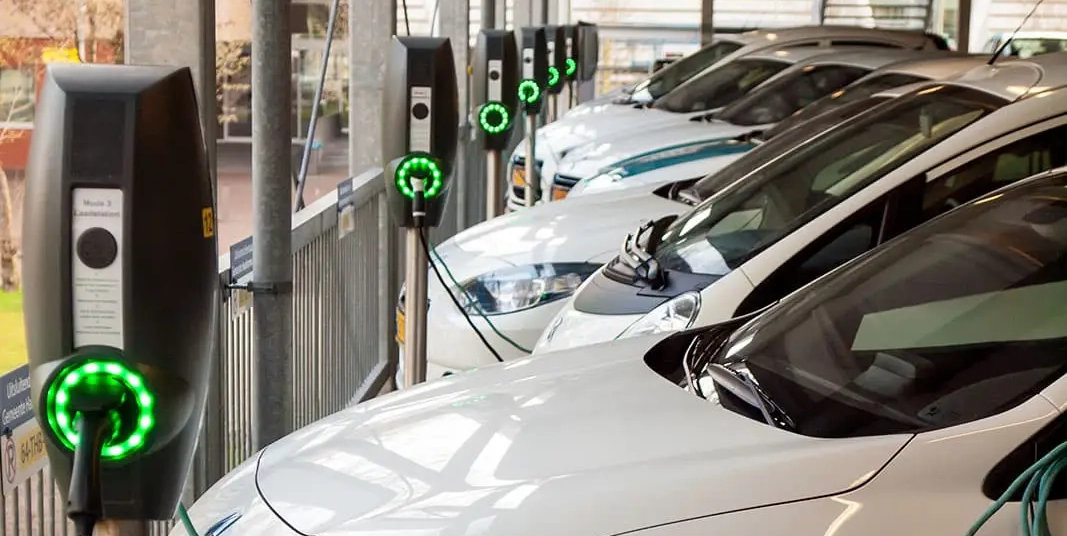While Spain does not have a clear target for the deployment of charging points, the Spanish Association of Automobile and Truck Manufacturers (ANFAC) estimates that by 2025, the country should have 91,000 installations.
This figure is derived from the general principles established in the impact study used by the European Commission as the basis for the new AFIR, as well as the parameters advocated by ACEA.

As a result, a minimum network of approximately 91,000 public charging points is projected for 2025, 300,000 for 2030, and 610,000 for 2035.
Considering that there are already around 30,000 stations distributed in the national territory, 60,000 still need to be installed in the next ten months.
This means that approximately 189 charging points need to be established per day before the end of 2024.
Is this feasible?
According to Ricard Puiggròs, Senior Manager at emovili, speaking to Mobility Portal España, “with the current actors installing points, this figure is unattainable.”
In 2024 alone, a 25 per cent increase in charging point installers will be required, equivalent to the creation of 300 new jobs in the sector, according to calculations by the startup CargaTuCoche.
However, another more urgent challenge needs to be addressed, which has already become a recurring issue in the sector.
This concerns the delays and bureaucratic obstacles hindering the implementation of installations.
Just to obtain authorization to start the assembly of a charging point, CPOs must overcome procedures that can extend to a year and a half or more.
According to ANFAC, a quarter of the already installed infrastructure in the country is not operational, either because it is in poor condition, damaged, or has not yet been connected to the power grid.
Specifically, more than 8,000 charging points out of the installed 30,000 are not available.
This problem is partly related to the electricity distribution company responsible for connecting the point to the distribution network.
The company responsible for the connection depends on the geographical location of the station.
In addition, each installation requires a process with the company, which can only be initiated once the installation is complete and approved by inspection.
After obtaining the technical-economic report, one must wait again to connect the infrastructure to the power grid.
The number of public administrations involved will depend on the location of the point.
Currently, delays are more evident in fast-charging stations with direct current, the most demanded by users seeking an experience comparable to refueling a gasoline vehicle.
Despite this, the ANFAC report indicates that these points have improved compared to slow-charging ones.
There are more than 600 with a power of between 150 and 250 kilowatts installed, as well as another 300 with over 250 kilowatts.
The main problem with these points is the administrative hurdles to get them up and running.
The introduction of the responsible declaration to regulate the installation of stations over 100 kilowatts was expected to streamline authorization processes, with deadlines ranging from 24 to 36 months.

In recent statements to Mobility Portal España, Joan Groizard, General Director of IDAE, assures that it “has helped deploy the installation.”
“What is lacking, among many other things, is that smaller municipalities have greater resources to apply these tools,” he details.
At this point, Puiggròs adds another challenge related to the lack of locations for investment.
For all these reasons, the Senior Manager states that installing the figure of 189 charging points per day “is practically impossible unless there is a change in legislation.”
For example, when requesting that a private parking with public access have a percentage of electrified spaces, there should be a penalty if this is not fulfilled.
In this regard, he indicates that the lack of control leads owners not to consider it a priority.
The Royal Decree 29/2021 establishes the obligation to install a charging station for every 40 parking spaces, up to a limit of 1,000 spaces, and one for every additional 100 locations.
Affected are all non-residential private buildings with a parking area of more than 20 spaces, either inside or in an attached outdoor space.
The regulation also applies to public parking lots with more than 20 spaces not linked to any building.
In the case of state-owned buildings, a charging station will be installed for every 20 parking spaces, up to 500, and one for every additional 100.
So far, this regulation is not being fulfilled as expected.
Therefore, the emovili representative emphasizes: “This should change urgently.”
To stay informed about electromobility news in Spain, visit Mobility Portal España








